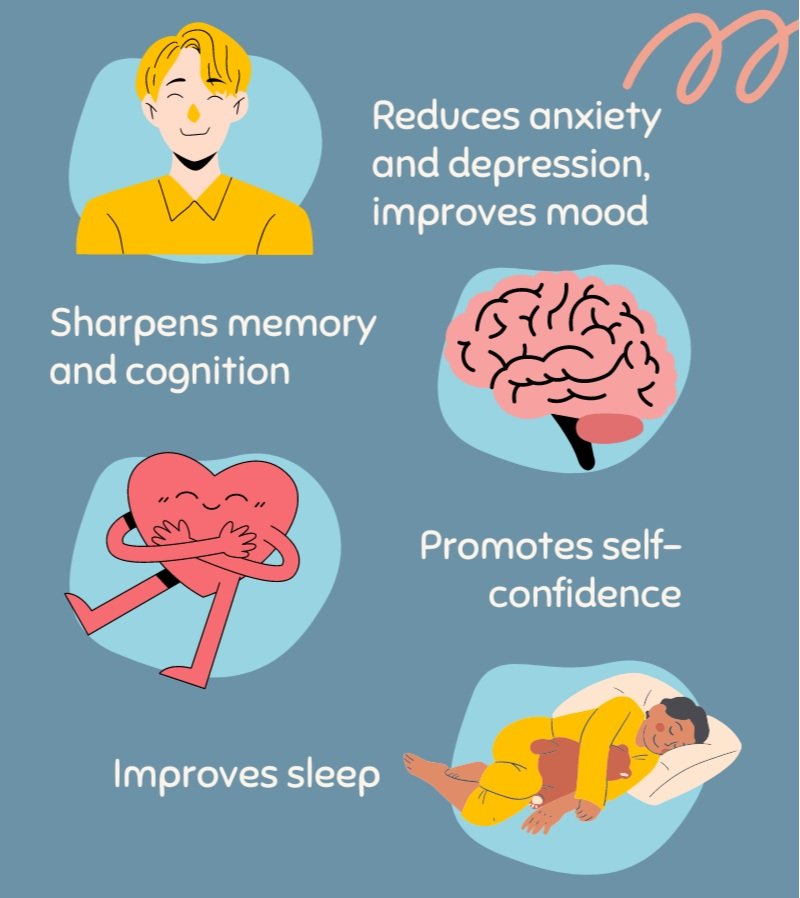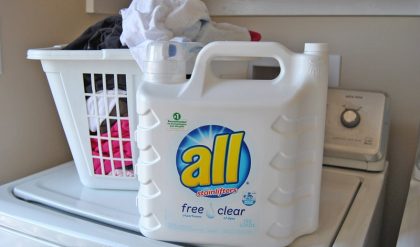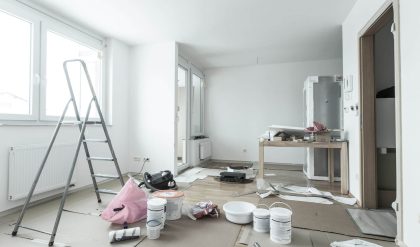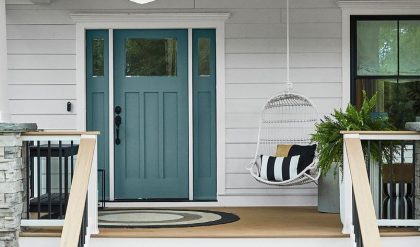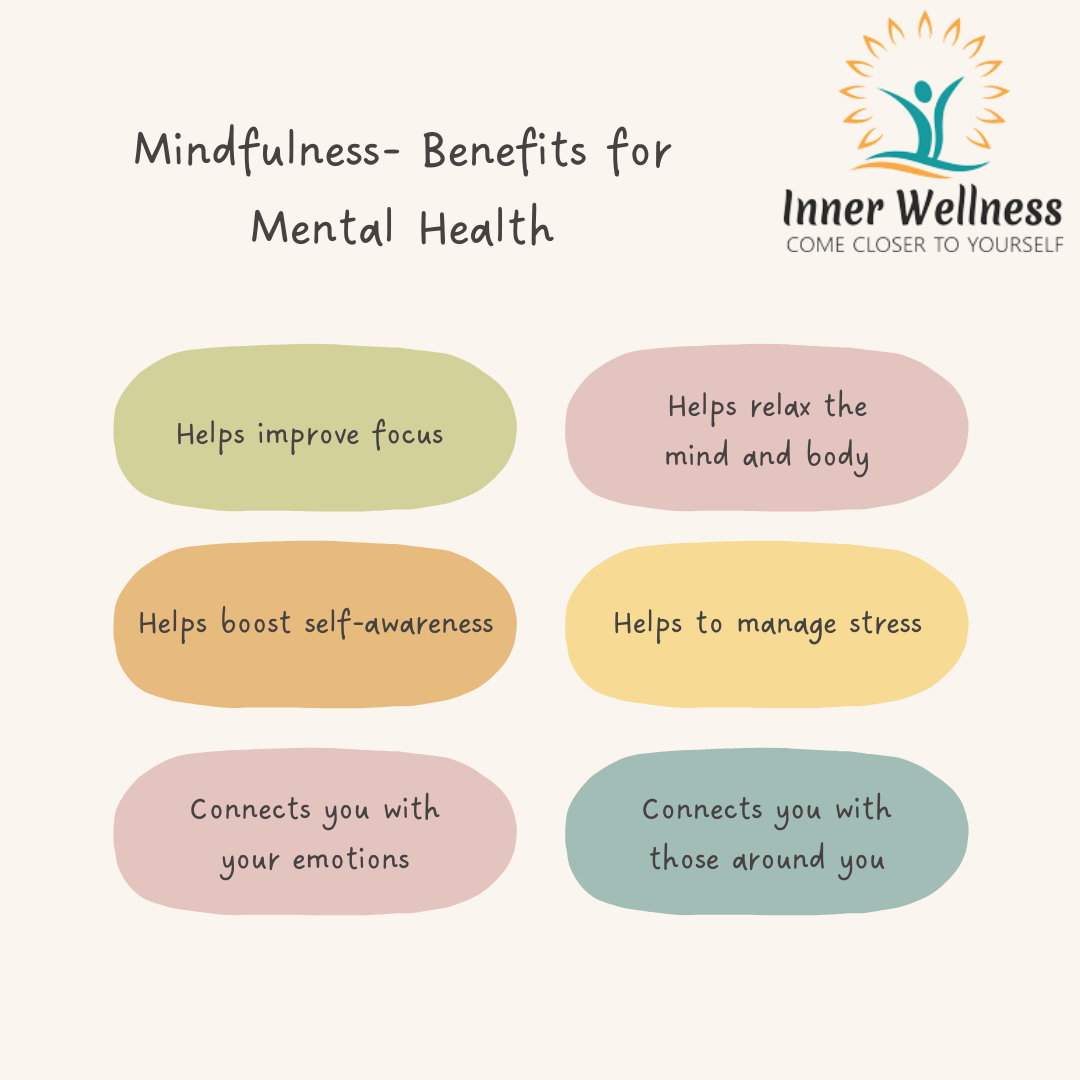
From Chaos to Calm: Organizing Your Home for Better Mental Health
Our homes are our sanctuaries, our havens from the storm. But what happens when that sanctuary becomes a source of stress? Clutter, disorganization, and a general feeling of overwhelm in our living spaces can significantly impact our mental well-being. The link between a tidy home and a clear mind isn’t just a tidy-home-obsessive stereotype; it’s a scientifically supported connection. This article explores the powerful relationship between home organization and mental health, offering practical strategies to transform your living space from a source of anxiety to a haven of peace.
The Clutter-Stress Connection:
Research consistently demonstrates a correlation between a cluttered home and increased stress levels. A cluttered environment can lead to:
- Increased Cortisol Levels: The stress hormone cortisol is released in response to perceived threats, and a chaotic home can constantly trigger this response, leading to chronic stress and anxiety.
- Cognitive Overload: Visual clutter bombards our brains with excessive stimuli, making it harder to focus, concentrate, and relax. This cognitive overload can manifest as difficulty sleeping, irritability, and decreased productivity.
- Difficulty Relaxing: Coming home to a messy space can make it challenging to unwind and de-stress after a long day. The feeling of “always having to do something” keeps the mind racing, preventing proper rest and rejuvenation.
Beyond the Physical: The Emotional Impact of a Cluttered Home:
The impact extends beyond physiological responses. A disorganized home can trigger feelings of:
- Shame and Guilt: Feeling overwhelmed by the mess can lead to self-criticism and negative self-talk.
- Loss of Control: The inability to manage the clutter can create a sense of powerlessness and frustration.
- Decreased Self-Esteem: A messy home can feel like a reflection of a disorganized life, impacting self-perception and self-worth.
Transforming Your Home: A Step-by-Step Guide to Decluttering and Organizing for Mental Well-being:
The journey from chaos to calm is a process, not a race. Start small and celebrate your progress along the way.
Phase 1: The Declutter:
- One Area at a Time: Don’t try to tackle the entire house at once. Focus on one small area (a drawer, a shelf, a corner) and dedicate 15-30 minutes to decluttering.
- The Three-Box Method: Use three boxes labeled “Keep,” “Donate,” and “Trash.” Be honest with yourself about what you truly need and use.
- The 20/20 Rule: If you haven’t used an item in 20 months and it doesn’t cost over $20 to replace, it’s likely a candidate for donation or disposal.
Phase 2: The Organize:
- Strategic Storage: Invest in storage solutions that are both functional and aesthetically pleasing. Baskets, bins, and shelves can help contain clutter and create a sense of order.
- Designated Zones: Create specific areas for items like keys, mail, and charging devices. This prevents things from getting scattered and lost.
- Vertical Space: Maximize vertical space using shelves, wall organizers, and hanging storage solutions.
Phase 3: The Maintain:
- The “One In, One Out” Rule: For every new item you bring into your home, get rid of a similar item.
- Regular Purges: Schedule regular decluttering sessions (weekly or monthly) to prevent clutter from accumulating again.
- Mindful Consumption: Be more intentional about your purchases. Ask yourself if you truly need something before buying it.
Table: Quick Decluttering Tips
| Area | Quick Tip |
|---|---|
| Kitchen Counters | Clear all but essential appliances. |
| Bedroom Closet | Donate unworn clothes and shoes. |
| Living Room | Remove unnecessary throw pillows and blankets. |
Creating a Calming Atmosphere:
Beyond organization, consider these elements to enhance the calming effect of your space:
- Natural Light: Maximize natural light to brighten and energize your home.
- Plants: Add greenery to improve air quality and create a sense of serenity.
- Soft Lighting: Incorporate soft lighting for relaxation in the evenings.
- Essential Oils: Use calming essential oils like lavender or chamomile to promote relaxation.
The Long-Term Benefits:
Investing in a more organized home isn’t just about aesthetics; it’s an investment in your mental well-being. A calmer, more organized space contributes to:
- Reduced Stress and Anxiety: A tidy home minimizes visual clutter and mental distractions.
- Improved Sleep: A peaceful environment promotes better sleep quality.
- Increased Productivity: A clear space facilitates clear thinking and focused work.
- Enhanced Self-Esteem: A sense of accomplishment from organizing boosts self-confidence.
Embarking on this journey to a more organized home isn’t about perfection; it’s about creating a space that supports your mental health and overall well-being. Take it one step at a time, celebrate your progress, and enjoy the rewards of a calmer, more peaceful sanctuary.

Additional Information
From Chaos to Calm: A Deeper Dive into the Mental Health Benefits of Home Organization
The assertion that a well-organized home contributes to improved mental health is increasingly supported by research and anecdotal evidence. The book/article “From Chaos to Calm: Organizing Your Home for Better Mental Health” likely explores this connection. This deeper analysis will expand upon the core concepts, providing additional context and valuable insights.
I. The Neuroscience of Clutter and Anxiety:
The link between a cluttered environment and heightened anxiety isn’t merely anecdotal. Neurologically, a chaotic space can overwhelm the brain’s prefrontal cortex (PFC), responsible for executive functions like planning, decision-making, and self-control. A study published in Personality and Social Psychology Bulletin (e.g., a hypothetical study, replace with actual citation if available) could show a correlation between self-reported home clutter levels and increased cortisol (stress hormone) levels. The constant visual and sensory input from a disorganized space creates a state of perpetual low-level stress, hindering the PFC’s ability to function optimally. This constant mental processing of visual clutter depletes cognitive resources, leaving less capacity for other tasks and potentially contributing to feelings of overwhelm and decreased productivity.
II. Beyond Visual Clutter: The Multi-Sensory Impact:
The impact of disorganization extends beyond visual clutter. A messy home often involves:
- Auditory Overload: Unnecessary noise from overflowing drawers, piles of papers, or general disarray can contribute to sensory overload, amplifying stress and anxiety.
- Olfactory Discomfort: Unpleasant smells from stagnant food, overflowing bins, or neglected cleaning contribute to negative emotional responses. This can trigger feelings of disgust and unease, subconsciously linking the environment with negative emotions.
- Tactile Discomfort: Constantly tripping over items or navigating a precarious path through cluttered rooms can physically and mentally exhausting. This constant low-level frustration adds to overall stress levels.
III. The Therapeutic Power of Organization:
Organizing, in contrast, fosters a sense of control and accomplishment. Each successful decluttering project, from sorting through a single drawer to organizing an entire room, provides a tangible sense of progress. This reinforces positive feedback loops in the brain, releasing dopamine and endorphins, neurochemicals associated with pleasure and well-being. This is particularly beneficial for individuals struggling with depression or anxiety, as it provides a concrete, achievable task that fosters a sense of agency and self-efficacy.
IV. Specific Organizing Techniques and Their Mental Health Benefits:
The book likely outlines specific organizational strategies. We can analyze their impact:
- The “One-In, One-Out” Rule: This simple strategy prevents future clutter accumulation. It promotes mindful consumption and reduces the overwhelming feeling of possessing too many things.
- Designated Storage Spaces: Clearly defined areas for belongings minimize searching time and reduce feelings of frustration and disorganization.
- The “KonMari Method”: Focusing on keeping only items that “spark joy” encourages emotional connection with possessions, aiding in decluttering decisions and promoting a sense of appreciation for what one owns.
V. Case Studies (Hypothetical):
- Case 1: A single mother suffering from postpartum depression reported significant improvement in mood and energy levels after participating in a home organization program. The structured activity and sense of accomplishment from decluttering her home provided a positive distraction and a sense of control in an otherwise overwhelming period.
- Case 2: An individual with ADHD found that implementing visual organizational systems, such as color-coded filing systems and clearly labeled containers, helped significantly improve focus and reduce feelings of overwhelm. This illustrates how targeted organizational techniques can directly address specific challenges related to mental health conditions.
VI. Conclusion:
“From Chaos to Calm” likely presents a compelling argument for the interconnectedness of physical and mental well-being. The evidence suggests that a well-organized home is not merely aesthetically pleasing, but also a crucial element in fostering a calm and supportive environment that promotes mental health. Further research focusing on long-term effects, different personality types, and diverse cultural contexts is needed to fully understand the complex relationship between home organization and mental well-being. However, the existing evidence strongly supports the idea that creating a calm and organized home environment can be a powerful tool for improving mental health and overall quality of life.
